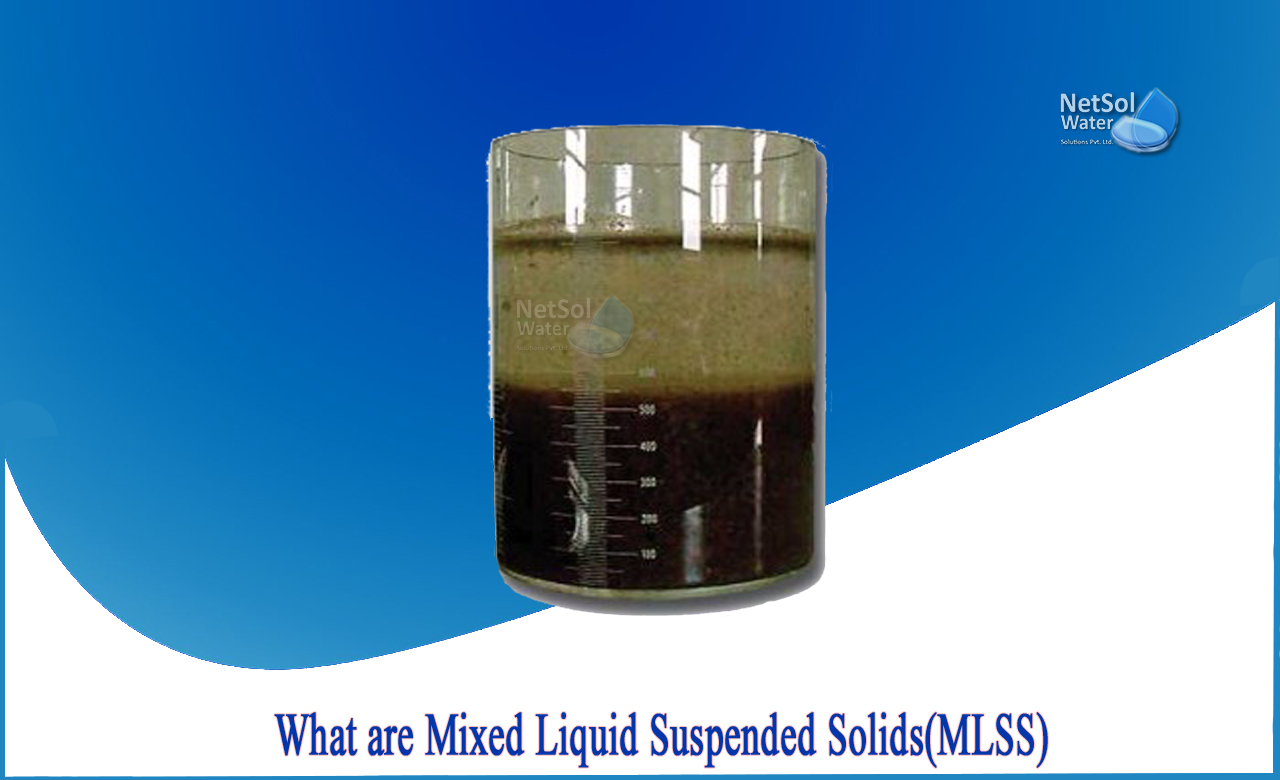What are mixed liquid suspended solids (MLSS)?
Mixed liquor can be a blend of crude or settled wastewater and activated sludge contained in an air circulation bowl within the enacted sludge process. Mixed liquor suspended solids is the concentration of solids present in mixed liquor, ordinarily mentioned in milligrams per litre.
MLSS is a vital portion of the enacted sludge process to guarantee that there's an adequate amount of active biomass accessible to expend the connected amount of natural poison at any time. This can be known as the nourishment to microorganism proportion. By keeping up this proportion at the suitable level, the biomass will expend high rates of nourishment. This minimizes the misfortune of remaining nourishment within the treated effluent.
In basic terms, the more the biomass expends, the lower the biochemical oxygen request will be within the release. It is vital that MLSS expels COD and BOD in order to filter water for clean surface waters, and along these lines, clean drinking water and cleanliness.
Keeping up the focus on MLSS stack level within the aeration basins by optimizing the return activated sludge is critical for by and large plant proficiency.
Why should we measure MLSS?
If MLSS substance is wellhigh, the method is inclined to bulking and the treatment system gets to be over-burdened which thus will cause the brokenup oxygen substance to drop with the impact that natural things are not completely degraded and naturally 'die off'.
Conversely, if the MLSS substance is well low, the method is not working effectively, and is likely to be wasting energy while not treating the effluent viably.
What are the critical factors involved?
Within the air circulation bowl, broken down oxygen, pH, active organic mass, blending, rate of oxygen utilization, temperature, MLSS concentration, and retention time are critical components that must be closely checked.
In a few operations the air circulation framework is closed down for one to two hours to permit the sludge to settle and a clear supernatant (surface water) to make. The supernatant is then drawn off to permit the expansion of more sludge.
Effluent:
Due to settling and supernatant pump out, MLSS concentration within the enacted sludge is usually double that of the influent MLSS concentration. Portion of the blended liquor is returned to the auxiliary clarifier. The rest is “wasted,” that is, redirected from the return circle and pumped to the thickening/digesting stage to encourage processing. Expelling the waste activated sludge maintains the MLSS stacking level within the air circulation bowl.
Effluents from primary clarifier and return actuated sludge from an auxiliary clarifier are blended together and pumped to an air circulation basin. In the basin, oxygen consuming organisms break down natural matter within the mixed alcohol.
Retention time:
Depending on the temperature, sort of sludge, measure of tank, and other factors, the retention time of blended liquor in an air circulation tank ranges from 10 to 20 days. The process works on either a bunch or a persistent basis.
For more information, contact Netsol Water.
Netsol Water is Greater Noida-based leading water & wastewater treatment plant manufacturer. We are industry's most demanding company based on client review and work quality. We are known as best commercial RO plant manufacturers, industrial RO plant manufacturer, sewage treatment plant manufacturer, Water Softener Plant Manufacturers and effluent treatment plant manufacturers. Apart from this 24x7 customer support is our USP. Call on +91-9650608473, or write us at enquiry@netsolwater.com for any support, inquiry or product-purchase related query.



